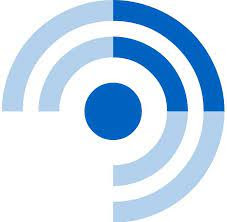
The use of black and white smoke during the papal election is one of the most recognizable and symbolic traditions of the Catholic Church. It communicates the outcome of the secretive conclave process to the world using a simple visual code: black smoke (fumata nera) indicates an inconclusive vote, while white smoke (fumata bianca) announces that a new pope has been chosen.
This tradition dates back to the late 19th century, becoming more consistent in the early 20th century. During the conclave, ballots are burned after each voting round. If no decision is reached, chemicals are added to the paper to produce thick black smoke, signaling the faithful in St. Peter's Square and around the world that deliberations continue.
When a new pope is elected by the required two-thirds majority of cardinals, the ballots are burned with substances that produce white smokeâ€"a visual message that centuries of ritual and reflection have led to a new spiritual leader.
Over the years, the Vatican has improved the process by using chemical additives to make the smoke colors more distinguishable. This adjustment was introduced after several confusing moments in past conclaves when smoke appeared gray or ambiguous. Today, the appearance of white smoke is often accompanied by the ringing of St. Peter's Basilica's bells, adding further clarity and celebration to the moment.
This sacred signal marked the beginning of a new era for the Catholic Church under Pope Leo XIV. Born in Chicago in 1955, Robert Francis Prevost is a member of the Order of Saint Augustine. He holds dual citizenship with Peru, a testament to his long years of missionary service in Latin America. Before his election, he served as Prefect of the Dicastery for Bishops, a role to which he was appointed by Pope Francis in 2023.
Following the passing of Pope Francis on April 21, 2025, the conclave of 133 cardinal electors convened in the Sistine Chapel. After two days of deliberation, they selected Cardinal Prevost, whose experience and global perspective made him a compelling choice to lead the Church through its next chapter.
From the balcony of St. Peter's Basilica, Pope Leo XIV greeted the waiting crowd with the words, 'Peace be with all of you,' a message of unity and continuity. His choice of name pays homage to Pope Leo XIII, known for his strong stance on social justice and workers' rights, suggesting that Pope Leo XIV may likewise emphasize outreach, inclusion, and moral leadership in an increasingly complex world.
In addition to his deep pastoral experience, Pope Leo XIV's election reflects the growing global nature of the Church. His backgroundâ€"rooted in both North and South Americaâ€"symbolizes a bridge between cultures and traditions, and offers fresh hope to millions of Catholics around the world.
As white smoke once again rose into the Roman sky, it signaled more than the end of a conclave. It marked the start of a new papacy, shaped by tradition, strengthened by global diversity, and guided by the same faith that has carried the Church for centuries.



IGIHE
